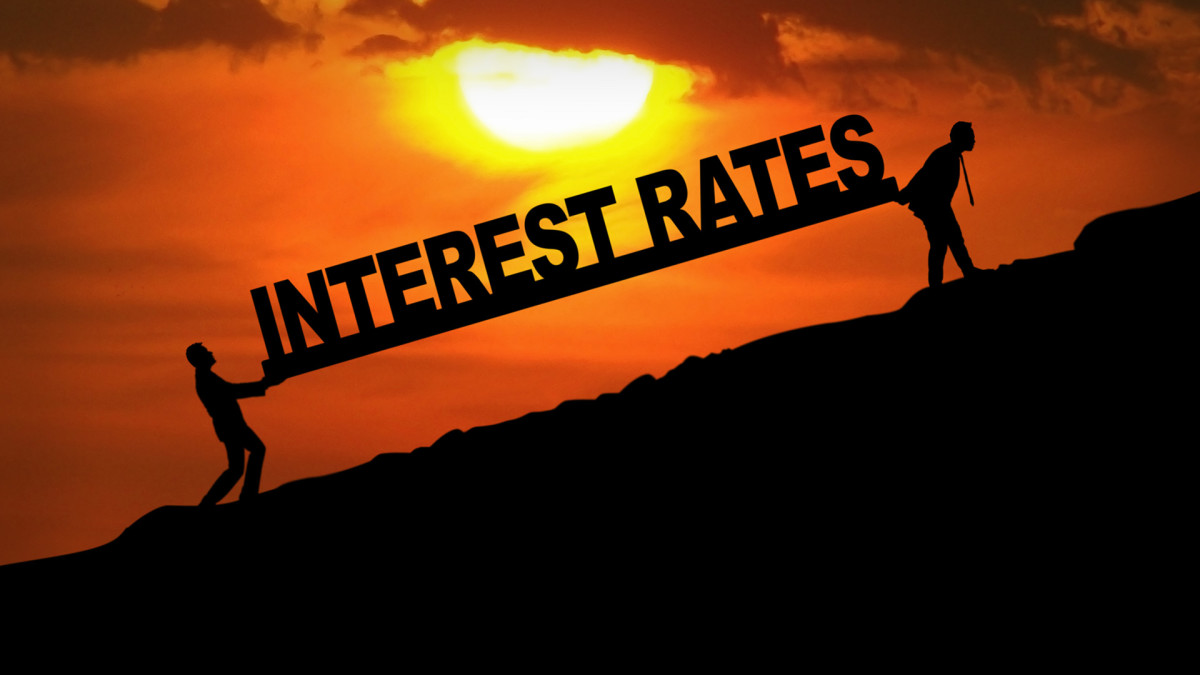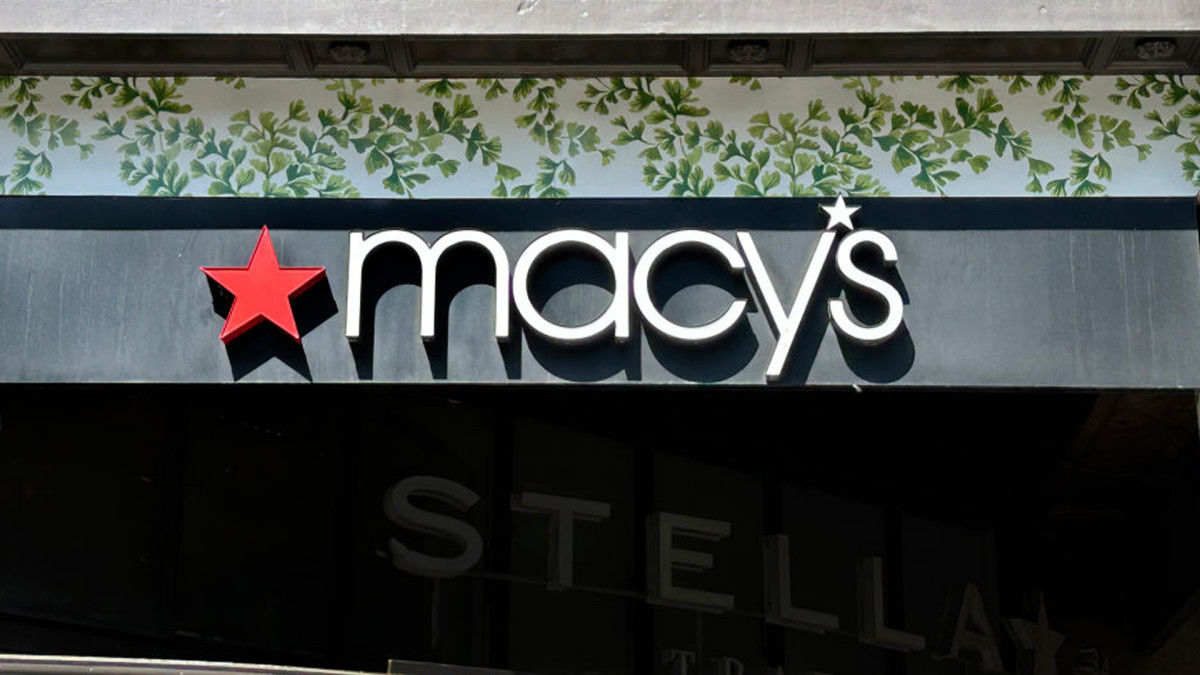Dividend strategy: 2 low-risk ETFs offering a 5-percent yield
Yields are moving lower, but that doesn't mean low-risk, high-yield options aren't available.

One of the few positives to come out of the Fed’s aggressive rate hiking cycle in 2022 and 2023 is that it improved the environment for income seekers considerably.
After years of 0% to 1% yields on short-term and/or high-quality fixed income, investors could now generate meaningful income from the bond sleeve of their portfolios.
For a brief time, risk-free Treasury bills were yielding more than 5%. Long-term yields were actually lower, so there was little incentive for pure income seekers to move out on the curve.
Sure, there were things like preferreds and senior loans and junk bonds that offered higher yields, but they also came with significantly higher risk profiles. In some sense, boring Treasury bills were the most interesting thing in the fixed-income space.
With inflation having cooled back down and the Fed signaling a potentially lengthy rate cutting cycle ahead, ultra-safe 5% yields are becoming more difficult to find. They’re still available with the asset classes I just mentioned, but that’s still probably not going to be attractive for someone looking for conservative income.
Two ETFs, however, keep risk contained and are still paying 5% yields. Image source: Shutterstock
The history of Treasury yields vs. the Fed Funds rate
When we hear that the Fed has lowered the Fed Funds rate, many assume that rates on everything will fall across the board. While it’s generally true for some things, it’s certainly not the case for everything.
Mortgage and credit card rates, for example, may find some correlation with the Fed Funds rate, but they often move in opposite directions, too.
Short-term Treasury yields do, on the other hand, correlate highly with the Fed Funds rate. The shorter the maturity, the more closely tied they usually are.
Related: Forget VOO, SPY, VTI: Best stock investing pick is this Fidelity fund
Over the past 30 years of interest rate history, a couple of key takeaways emerge:
- 3-month Treasury bill yields correlate very closely with the Fed Fund rate.
- 2-year Treasury note yields have a moderate to strong correlation with the Fed Funds rate.
- Long-term Treasury yields have an inconsistent correlation with the Fed Funds rate.
- Mortgage and credit card rates may have little to no correlation with the Fed Funds rate.
In short, if you think the Fed is going to keep cutting rates, expect the yields on “safe” investments to drop right along with them.
For now, at least, two ETFs are still offering that elusive low-risk 5% yield.
Janus Henderson AAA CLO ETF (JAAA): Generating yield from high quality CLOs
CLOs (or collateralized loan obligations) aren’t your traditional bonds. Essentially pools of corporate loans issued by banks, they are often filled with leveraged loans, which usually come with lower credit ratings and higher debt levels.
In total, CLOs can be a riskier asset class for investment. Since JAAA dabbles only in the very highest AAA-rated securities, much of the volatility and credit risk is mitigated.
Historically, JAAA’s volatility level has been comparable to that of the iShares 1-3 Year Treasury Bond ETF (SHY). It’s not necessarily Treasury bill-like risk, but it’s only one step away.
JAAA has a current 30-day SEC yield of 5.39%.
VanEck IG Floating Rate ETF (FLTR): Floating rate notes mitigate interest rate risk
Floating rate notes are called that because their coupon rates reset on a regular basis. Most interest rate risk ends up getting eliminated because their yields are tied closely to prevailing market yields.
These aren’t Treasuries, though. They’re traditional corporate bonds with varying maturities (mostly in the 1-7 year range). However, it’s an entirely investment-grade portfolio with more than 80% of the fund’s assets rated either AA or A. That makes the credit profile even better than the average investment-grade bond fund.
FLTR has a current 30-day SEC yield of 5.01%.
JAAA and FLTR don’t sacrifice yield for low risk
The big thing we’re looking at here is the yield-to-risk ratio. 5% yields can be found all over the place, but if you’re someone who’s relying on their portfolio for predictable monthly income or just wants as little volatility as possible in their fixed income sleeve, it’s going to be all about the amount of risk being taken.
As mentioned earlier, the volatility levels of JAAA and FLTR closely resemble that of a short-term Treasury bond ETF. That’s substantially less risk than you’ll find in most other areas of the fixed income market. Plus, you’re getting more than 1% extra yield for nearly the same level of risk as SHY currently yields around 3.5%.
That’s the kind of improved risk/reward ratio that investors should be seeking out for their portfolios.
Key Takeaways:
- JAAA invests in AAA-rated CLOs.
- FLTR invests in investment-grade floating rate corporate bonds.
- Both have volatility levels comparable to that of short-term Treasuries.
- They both offer more than 1% extra yield.
Final thoughts: JAAA & FLTR offer substantial yield premiums
CLOs have traditionally been very durable even in periods of economic stress. That makes AAA-rated CLOs an even better fit for fixed income portfolios.
Investment-grade floating rate corporate bonds have the benefit of mitigating both interest-rate risk and credit risk. That makes them ideal for conservative income generation.
JAAA and FLTR do a great job of hitting both of these important corners of the fixed income market. In a market that’s likely to begin seeing lower yields over time, these two ETFs still offer high yield with low risk.
Related: Dividend ETFs: One unexpected ETF is outperforming Vanguard's VIG and VYM
What's Your Reaction?





















































